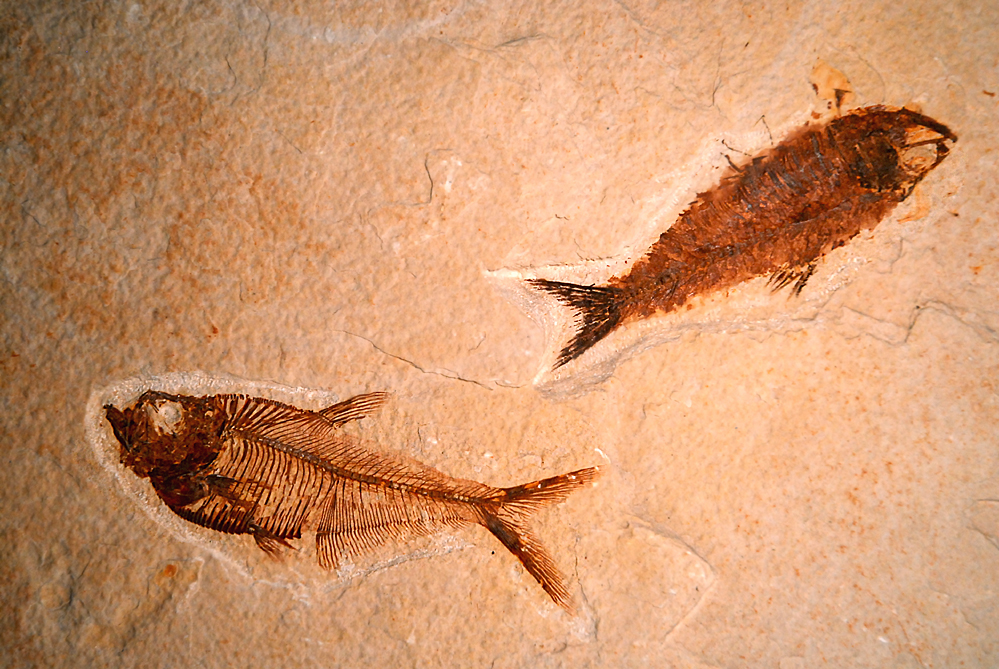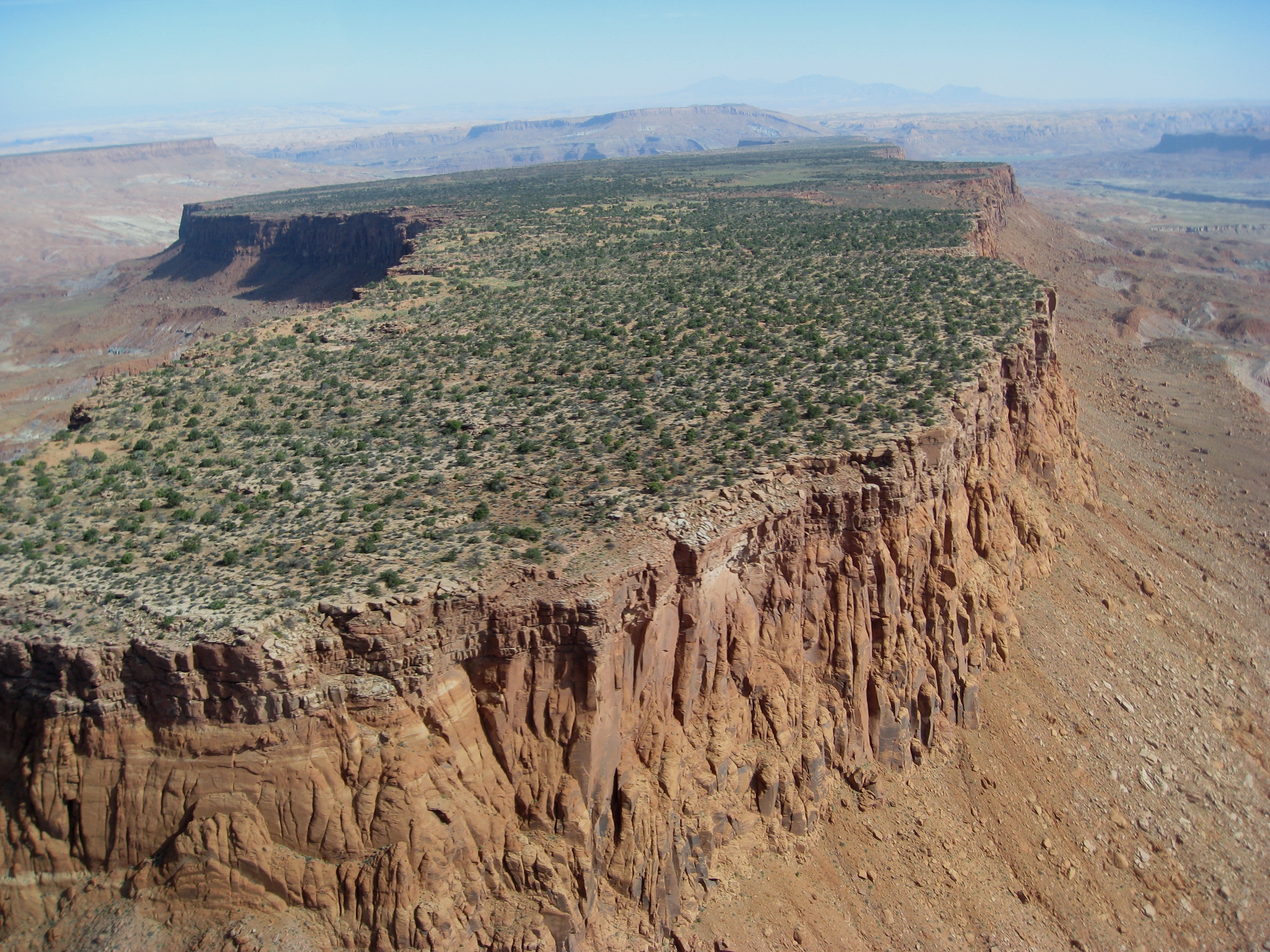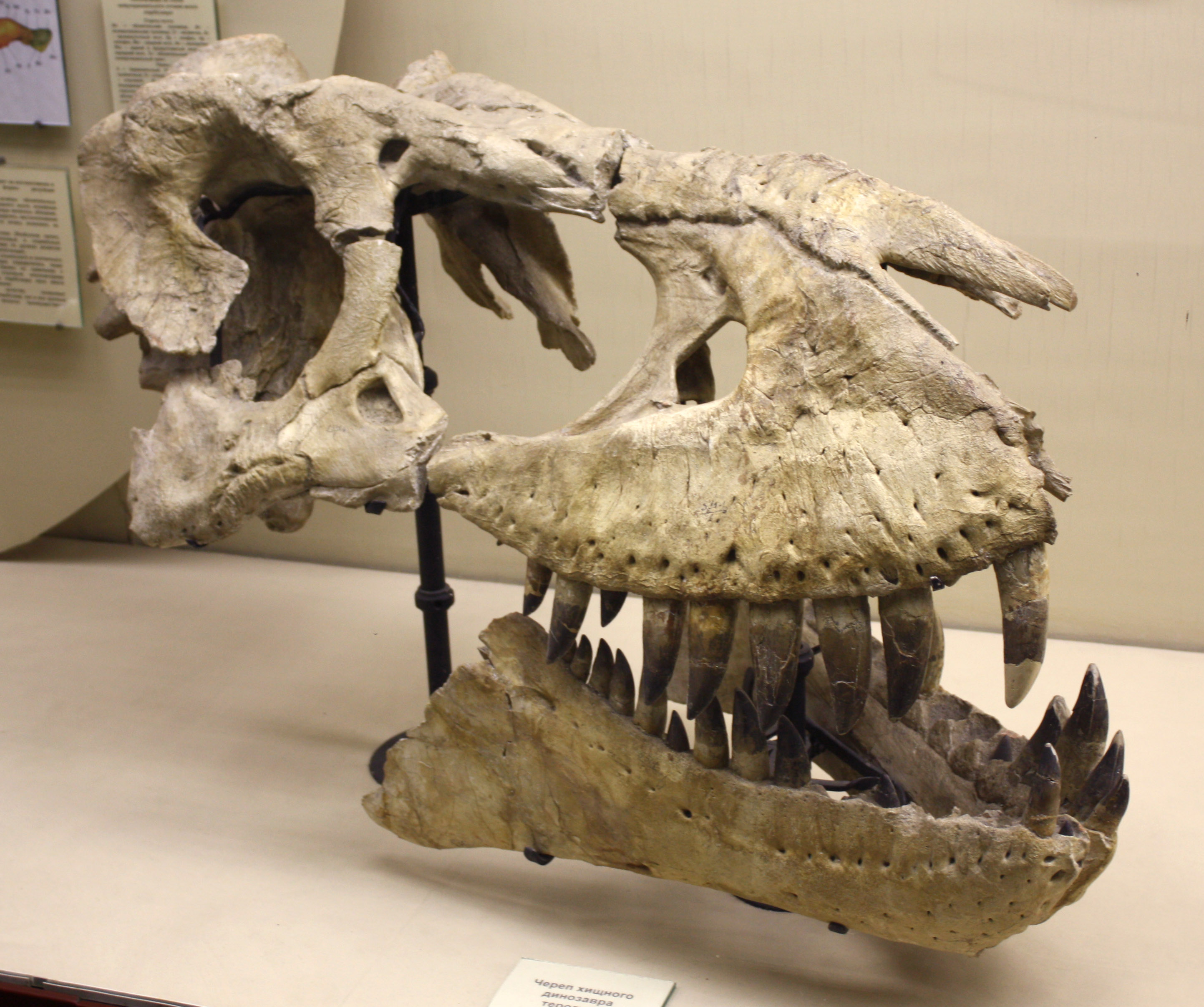|
Shanshan County
Shanshan County () as the official romanized name, also transliterated from Uyghur as Piqan County (; ), is a county within the Xinjiang Uyghur Autonomous Region and is under the administrative jurisdiction of the prefecture-level city of Turpan. It contains an area of , occupying the eastern majority of Turpan. According to the 2002 census, it has a population of . The county seat is in Shanshan Town. Name The county is named after the ancient Shanshan Kingdom, although the kingdom was actually located mostly outside of the borders of the modern county, in the Lop Nur area. The place was originally named Piqian, and the Grand coordinator and provincial governor of Xinjiang proposed the name of Shanshan when Guangxu Emperor decided to set up a county in 1902. History The local geology and the desert climate made it possible to discover a number of important fossil sites in the area, including China's largest cluster of fossilized dinosaur tracks and China's largest dinosaur. Im ... [...More Info...] [...Related Items...] OR: [Wikipedia] [Google] [Baidu] |
Counties Of China
Counties ( zh, t=縣, s=县, hp=Xiàn), formally county-level divisions, are found in the third level of the administrative hierarchy in Provinces and Autonomous regions and the second level in municipalities and Hainan, a level that is known as "county level" and also contains autonomous counties, county-level cities, banners, autonomous banners and City districts. There are 1,355 counties in Mainland China out of a total of 2,851 county-level divisions. The term ''xian'' is sometimes translated as "district" or "prefecture" when put in the context of Chinese history. History ''Xian'' have existed since the Warring States period and were set up nationwide by the Qin Dynasty. The number of counties in China proper gradually increased from dynasty to dynasty. As Qin Shi Huang reorganized the counties after his unification, there were about 1,000. Under the Eastern Han Dynasty, the number of counties increased to above 1,000. About 1400 existed when the Sui dynasty abolish ... [...More Info...] [...Related Items...] OR: [Wikipedia] [Google] [Baidu] |
Lianmuqin Formation
The Lianmuqin Formation, also transcribed as Lianmugin Formation,Lianmugin Formation at Fossilworks.org is an Early Cretaceous geologic composed of "interbedded red green and yellow variegated mudstones and siltstones".Lucas, Spencer G, Chinese Fossil vertebrates, Pp. 158-159, N ... [...More Info...] [...Related Items...] OR: [Wikipedia] [Google] [Baidu] |
Lagerstätte
A Lagerstätte (, from ''Lager'' 'storage, lair' '' Stätte'' 'place'; plural ''Lagerstätten'') is a sedimentary deposit that exhibits extraordinary fossils with exceptional preservation—sometimes including preserved soft tissues. These formations may have resulted from carcass burial in an anoxic environment with minimal bacteria, thus delaying the decomposition of both gross and fine biological features until long after a durable impression was created in the surrounding matrix. ''Lagerstätten'' span geological time from the Neoproterozoic era to the present. Worldwide, some of the best examples of near-perfect fossilization are the Cambrian Maotianshan shales and Burgess Shale, the Silurian Waukesha Biota, the Devonian Hunsrück Slates and Gogo Formation, the Carboniferous Mazon Creek, the Jurassic Posidonia Shale and Solnhofen Limestone, the Cretaceous Yixian, Santana, and Agua Nueva formations, the Eocene Green River Formation, the Miocene Foulden Maar and Ashfall F ... [...More Info...] [...Related Items...] OR: [Wikipedia] [Google] [Baidu] |
Debris Flow
Debris flows are geological phenomena in which water-laden masses of soil and fragmented rock rush down mountainsides, funnel into stream channels, entrain objects in their paths, and form thick, muddy deposits on valley floors. They generally have bulk densities comparable to those of rock avalanches and other types of landslides (roughly 2000 kilograms per cubic meter), but owing to widespread sediment liquefaction caused by high pore-fluid pressures, they can flow almost as fluidly as water. Debris flows descending steep channels commonly attain speeds that surpass 10 m/s (36 km/h), although some large flows can reach speeds that are much greater. Debris flows with volumes ranging up to about 100,000 cubic meters occur frequently in mountainous regions worldwide. The largest prehistoric flows have had volumes exceeding 1 billion cubic meters (i.e., 1 cubic kilometer). As a result of their high sediment concentrations and mobility, debris flows can be very des ... [...More Info...] [...Related Items...] OR: [Wikipedia] [Google] [Baidu] |
Qigu Formation
The Qigu Formation is a Late Jurassic ( Oxfordian) geologic formation in the Southern Junggar Basin in China. Indeterminate Dinosaur remains are among the fossils that have been recovered from the formation, including theropod teeth and a fibula. a stegosaur dorsal vertebra and a Eusauropod tooth. '' Xinjiangtitan'' was erroneously thought to be from this formation, but it is actually from the older Qiketai Formation, which is in a different basin.Weishampel, et al. (2004). "Dinosaur distribution." Pp. 517-607. The term "Qigu Formation" is also used to sediments of equivalent age in the Turpan Basin, but this might better be treated as a separate formation. It is laterally equivalent to the Shishugou Formation. Fossil content The mass accumulation of Jurassic freshwater turtle fossils belonging to the genus '' Annemys'', discovered in 2009 at a site nicknamed "Mesa Chelonia" in Shanshan County, Xinjiang is thought to likely belong to the Qigu Formation, though it belongs to the ... [...More Info...] [...Related Items...] OR: [Wikipedia] [Google] [Baidu] |
Stratigraphic
Stratigraphy is a branch of geology concerned with the study of rock layers (strata) and layering (stratification). It is primarily used in the study of sedimentary and layered volcanic rocks. Stratigraphy has three related subfields: lithostratigraphy (lithologic stratigraphy), biostratigraphy (biologic stratigraphy), and chronostratigraphy (stratigraphy by age). Historical development Catholic priest Nicholas Steno established the theoretical basis for stratigraphy when he introduced the law of superposition, the principle of original horizontality and the principle of lateral continuity in a 1669 work on the fossilization of organic remains in layers of sediment. The first practical large-scale application of stratigraphy was by William Smith in the 1790s and early 19th century. Known as the "Father of English geology", Smith recognized the significance of strata or rock layering and the importance of fossil markers for correlating strata; he created the first geologic map o ... [...More Info...] [...Related Items...] OR: [Wikipedia] [Google] [Baidu] |
Bone Bed
A bone bed is any geological stratum or deposit that contains bones of whatever kind. Inevitably, such deposits are sedimentary in nature. Not a formal term, it tends to be used more to describe especially dense collections such as Lagerstätte. It is also applied to brecciated and stalagmitic deposits on the floor of caves, which frequently contain osseous remains. In a more restricted sense, the term is used to describe certain thin layers of bony fragments, which occur in well-defined geological strata. One of the best-known of these is the Ludlow Bone Bed, which is found at the base of the Downton Sandstone in the Upper Ludlow series. At Ludlow (England) itself, two such beds are actually known, separated by about . of strata. Although quite thin, the Ludlow Bone Bed can be followed from that town into Gloucestershire, for a distance of . It is almost completely made up of fragments of spines, teeth and scales of ganoid fish. Another well-known bed, formerly known as the ... [...More Info...] [...Related Items...] OR: [Wikipedia] [Google] [Baidu] |
Mesa
A mesa is an isolated, flat-topped elevation, ridge or hill, which is bounded from all sides by steep escarpments and stands distinctly above a surrounding plain. Mesas characteristically consist of flat-lying soft sedimentary rocks capped by a more resistant layer or layers of harder rock, e.g. shales overlain by sandstones. The resistant layer acts as a caprock that forms the flat summit of a mesa. The caprock can consist of either sedimentary rocks such as sandstone and limestone; dissected lava flows; or a deeply eroded duricrust. Unlike ''plateau'', whose usage does not imply horizontal layers of bedrock, e.g. Tibetan Plateau, the term ''mesa'' applies exclusively to the landforms built of flat-lying strata. Instead, flat-topped plateaus are specifically known as '' tablelands''.Duszyński, F., Migoń, P. and Strzelecki, M.C., 2019. ''Escarpment retreat in sedimentary tablelands and cuesta landscapes–Landforms, mechanisms and patterns.'' ''Earth-Science Reviews, no. ... [...More Info...] [...Related Items...] OR: [Wikipedia] [Google] [Baidu] |
Jurassic
The Jurassic ( ) is a Geological period, geologic period and System (stratigraphy), stratigraphic system that spanned from the end of the Triassic Period million years ago (Mya) to the beginning of the Cretaceous Period, approximately Mya. The Jurassic constitutes the middle period of the Mesozoic, Mesozoic Era and is named after the Jura Mountains, where limestone strata from the period were first identified. The start of the Jurassic was marked by the major Triassic–Jurassic extinction event, associated with the eruption of the Central Atlantic magmatic province, Central Atlantic Magmatic Province. The beginning of the Toarcian Stage started around 183 million years ago and is marked by an extinction event associated with widespread Anoxic event, oceanic anoxia, ocean acidification, and elevated temperatures likely caused by the eruption of the Karoo-Ferrar, Karoo-Ferrar large igneous provinces. The end of the Jurassic, however, has no clear boundary with the Cretaceous and i ... [...More Info...] [...Related Items...] OR: [Wikipedia] [Google] [Baidu] |
Shanshanosaurus
''Tarbosaurus'' ( ; meaning "alarming lizard") is a genus of tyrannosaurid dinosaur that flourished in Asia about 70 million years ago, at the end of the Late Cretaceous Period, considered to contain a single known species, ''Tarbosaurus bataar''. Fossils have been recovered from the Nemegt Formation of Mongolia, with more fragmentary remains found further afield in the Subashi Formation of China. Although many species have been named, modern paleontologists recognize only one, ''T. bataar'', as valid. Some experts see this species as an Asian representative of the North American genus ''Tyrannosaurus''; this would make the genus ''Tarbosaurus'' redundant. ''Tarbosaurus'' and ''Tyrannosaurus'', if not synonymous, are considered to be at least closely related genera. ''Alioramus'', also from Mongolia, has previously been thought by some authorities to be the closest relative of ''Tarbosaurus'', though this has since been disproven with the discovery of '' Qianzhousaurus'' and ... [...More Info...] [...Related Items...] OR: [Wikipedia] [Google] [Baidu] |




